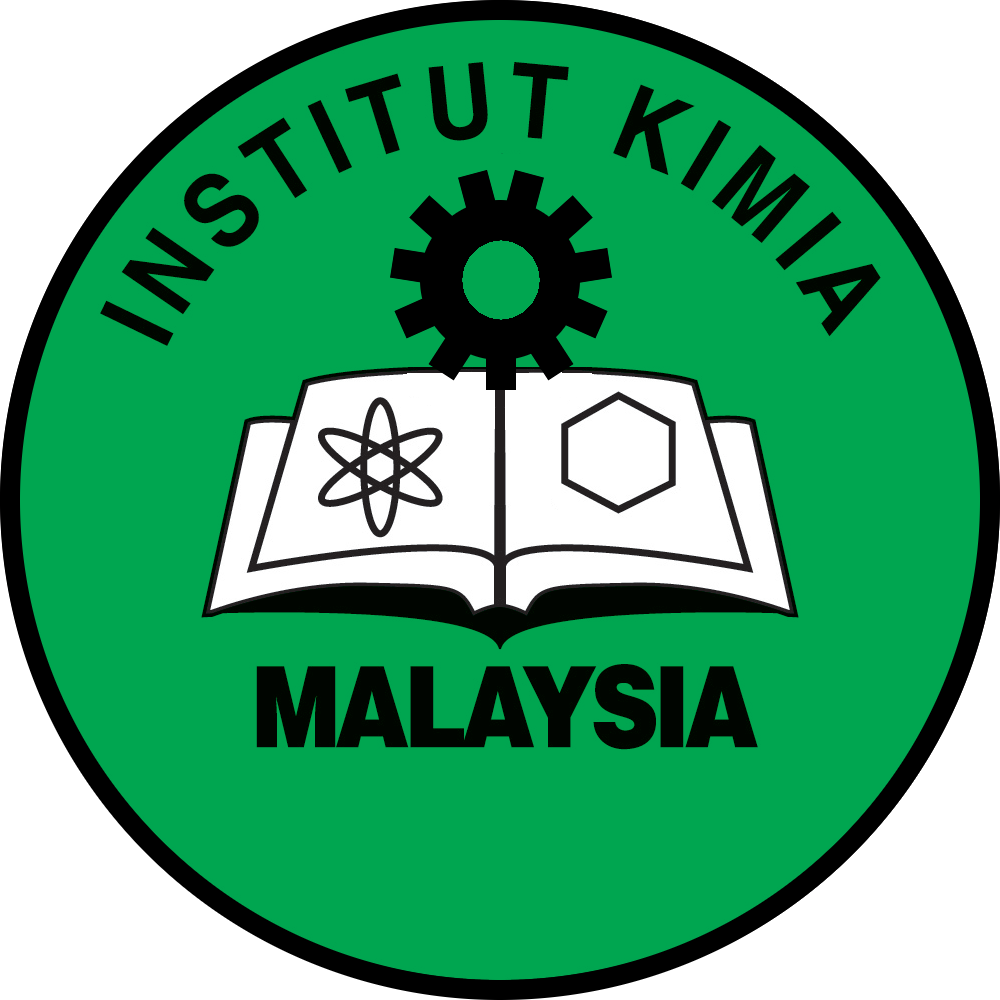Comparative Study on Antioxidant and Antibacterial Activity of Coffee Grounds and Spent Coffee Grounds (Scg) Extract
DOI: https://doi.org/10.55373/mjchem.v27i3.214
Keywords: Spent coffee grounds (SCG); phytochemicals; antioxidant; antibacterial
Abstract
The most abundant waste in coffee beverage preparation and coffee production is spent coffee grounds (SCG) which are a rich source of bioactive compound including caffeine, chlorogenic acids and melanoidins. However, improper disposal of SCG in a landfill can contribute to the negative impact to environment such as soil damage, greenhouse gas emissions, loss of nutrients and clogging. SCG have a valuable source of nutrients and energy, but they are regularly disposed of before their full value is extracted. The present study aims to investigate the bioactive compounds, antioxidant and antibacterial activity between a fresh coffee grounds (CG) and SCG. The SCG extract (SCGE) and CG extract (CGE) were carried out using Soxhlet extraction method. Evaluation of bioactive compounds in CG and SCG were carried out through analyses of total phenolic content (TPC) and total flavonoid content (TFC) via UV-Vis Spectroscopy. Further analyses of an antioxidant and antibacterial activity of the extracts were studied using DPPH free radical scavenging assay and agar disc diffusion assay, respectively. The results showed that the extraction yields of the SCG and CG were 6.48 ± 0.40% and 8.13 ± 0.65%, respectively. It shows that the most water-soluble substances are extracted in the brewing process while substances with lower water solubility remain in SCG. The phenolic and flavonoid content of SCGE was slightly lower than CGE. The results from TPC of SCGE and CGE are 86.98 ± 0.27 mg QE/g and 115.71 ± 0.17 mg GAE/g, respectively. While the TFC of SCGE and CGE are 23.73 ± 0.03 mg QE/g and 27.21 ± 0.02 mg QE/g, respectively, due to the lower water solubility of the compound. The caffeine concentration of SCGE and CGE showed a similar pattern, with values of 6.59 ± 0.02 mg/g and 19.36 ± 0.01 mg/g, respectively, due to water-soluble properties of caffeine. SCGE and CGE have IC50 values of 11.34 and 19.73 for antioxidant activity, respectively. The findings demonstrate that SCGE and CGE have high in bioactive compounds, which contributes to their strong antioxidant activity. Subsequently, both SCGE and CGE inhibit growth against Escherichia coli, suggesting that both materials possess antibacterial properties. Finally, using SCG offers a new supply of valuable chemicals, encourages the development of sustainable practices for the coffee business, and increases the value of a readily available waste product.
